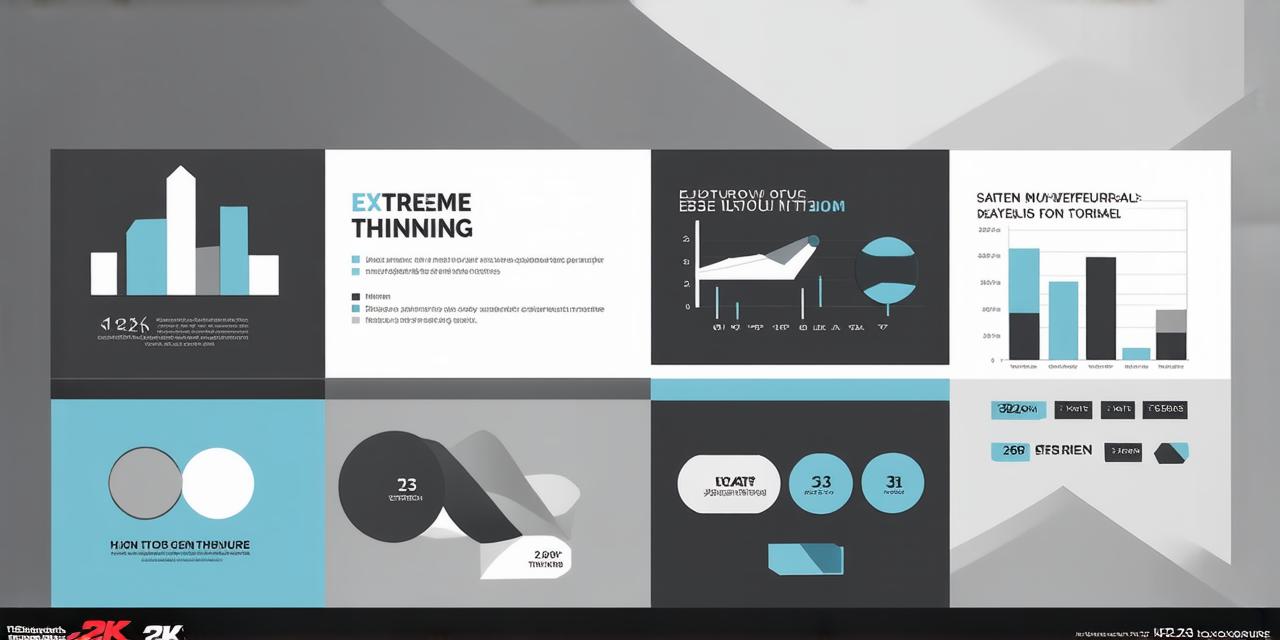In today’s digital era, graphic design plays an essential role in shaping the online presence of businesses and individuals. From website design to social media marketing, visual elements are critical in capturing users’ attention and creating a lasting impression. In this comprehensive guide, we will delve into the impact of graphic design on digital media and explore its various aspects.
Understanding Graphic Design
Before diving into the influence of graphic design on digital media, it is crucial to understand what graphic design entails. Simply put, graphic design involves creating visual elements that communicate ideas, emotions, and information through images, typography, and color. It encompasses various aspects such as branding, web design, user experience (UX), and social media marketing.
Graphic Design in Digital Media
1. Website Design
Website design is one of the most critical areas where graphic design impacts digital media. The visual elements on a website play a significant role in creating a positive first impression and capturing users’ attention. According to Statista, 80% of internet users consider visual appeal as the primary factor when choosing a website.
A well-designed website should have clear and concise content, consistent typography, and color schemes that reflect the brand’s personality. The use of high-quality images, videos, and infographics can also make the website more engaging and memorable. Additionally, the use of responsive design ensures that the website looks great on all devices, including desktops, laptops, tablets, and smartphones.
2. Social Media Marketing
Social media platforms such as Facebook, Instagram, and Twitter have revolutionized the way businesses connect with their customers. Graphic design plays a crucial role in creating visually appealing content that resonates with users.
The use of eye-catching images, videos, and infographics can significantly increase engagement rates on social media platforms. In fact, visual posts generate 94% more views than text-only posts. Additionally, the use of consistent branding across all social media platforms helps to create a cohesive brand identity and increases brand awareness.
3. User Experience (UX)
User experience is a crucial aspect of digital media that focuses on how users interact with a website or application. Graphic design plays a significant role in creating a seamless and intuitive user experience.
The use of clear typography, consistent color schemes, and simple navigation can help users quickly find the information they need. Additionally, the use of interactive elements such as buttons, forms, and animations can make the website or application more engaging and user-friendly. The website’s layout should also be optimized for mobile devices to ensure that users have a seamless experience on all platforms.
4. Content Marketing
Content marketing is a strategy that involves creating and sharing valuable content to attract and retain customers. Graphic design plays a crucial role in making this content visually appealing and memorable.
The use of eye-catching images, infographics, and videos can help content stand out in a crowded online space. Additionally, the use of consistent typography and color schemes can create a cohesive brand identity across all content. The use of storytelling techniques can also make the content more engaging and relatable to the target audience.
Case Studies: The Impact of Graphic Design on Digital Media
1. Airbnb
Airbnb’s website is an excellent example of how graphic design can impact digital media. The website’s use of high-quality images, typography, and color schemes create a visually appealing and memorable experience for users. Additionally, the use of interactive elements such as search filters and booking buttons make it easy for users to find and book accommodations. The website is also optimized for mobile devices, ensuring that users have a seamless experience on all platforms.
codegen:
In today’s digital era, graphic design plays an essential role in shaping the online presence of businesses and individuals. From website design to social media marketing, visual elements are critical in capturing users’ attention and creating a lasting impression. In this comprehensive guide, we will delve into the impact of graphic design on digital media and explore its various aspects.

Understanding Graphic Design
Before diving into the influence of graphic design on digital media, it is crucial to understand what graphic design entails. Simply put, graphic design involves creating visual elements that communicate ideas, emotions, and information through images, typography, and color. It encompasses various aspects such as branding, web design, user experience (UX), and social media marketing.
Graphic Design in Digital Media
1. Website Design
Website design is one of the most critical areas where graphic design impacts digital media. The visual elements on a website play a significant role in creating a positive first impression and capturing users’ attention. According to Statista, 80% of internet users consider visual appeal as the primary factor when choosing a website.
A well-designed website should have clear and concise content, consistent typography, and color schemes that reflect the brand’s personality. The use of high-quality images, videos, and infographics can also make the website more engaging and memorable. Additionally, the use of responsive design ensures that the website looks great on all devices, including desktops, laptops, tablets, and smartphones.
2. Social Media Marketing
Social media platforms such as Facebook, Instagram, and Twitter have revolutionized the way businesses connect with their customers. Graphic design plays a crucial role in creating visually appealing content that resonates with users.
The use of eye-catching images, videos, and infographics can significantly increase engagement rates on social media platforms. In fact, visual posts generate 94% more views than text-only posts. Additionally, the use of consistent branding across all social media platforms helps to create a cohesive brand identity and increases brand awareness.
3. User Experience (UX)
User experience is a crucial aspect of digital media that focuses on how users interact with a website or application. Graphic design plays a significant role in creating a seamless and intuitive user experience.
The use of clear typography, consistent color schemes, and simple navigation can help users quickly find the information they need. Additionally, the use of interactive elements such as buttons, forms, and animations can make the website or application more engaging and user-friendly. The website’s layout should also be optimized for mobile devices to ensure that users have a seamless experience on all platforms.
4. Content Marketing
Content marketing is a strategy that involves creating and sharing valuable content to attract and retain customers. Graphic design plays a crucial role in making this content visually appealing and memorable.
The use of eye-catching images, infographics, and videos can help content stand out in a crowded online space. Additionally, the use of consistent typography and color schemes can create a cohesive brand identity across all content. The use of storytelling techniques can also make the content more engaging and relatable to the target audience.



